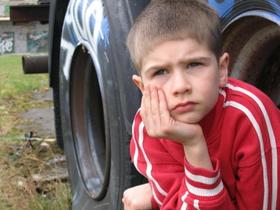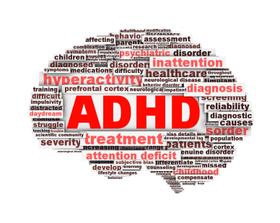It wasn’t news to many of the educators across the country, but the poverty numbers recently released are still alarming. With an economic slowdown well into its third year and unemployment figures still reaching double digits in some areas, poverty rates are up as well. According to recent data released from the U.S. Census Bureau, the rate of poverty across the United States has gone up 1.6 percent, although some individual states are seeing even larger increases. This translates to more than one million children nationwide who have now been added to the poverty rolls.
Poverty Widespread Across the Country
The U.S. Census Bureau report shows that statistically significant increases in poverty were seen in about 20 percent of the country. As many as 653 counties experienced poverty increases among children between 2007 and 2010, and only eight counties nationwide reported a poverty decrease. The data provided represents single-year figures of 2007 and 2010 to study the change in poverty levels since the recession began. The numbers provided by the U.S. Census Bureau help to determine the distribution of federal and state funding to local communities.
Nationally, nearly 20 percent of children qualify as poor, according to a report in the Alaska Dispatch. In addition, one-third of the total counties in the country have thresholds well above that level, while one-quarter boasts numbers below the national average. Some of the states that showed the highest increases over four years were New Jersey, Nevada, Florida,



















